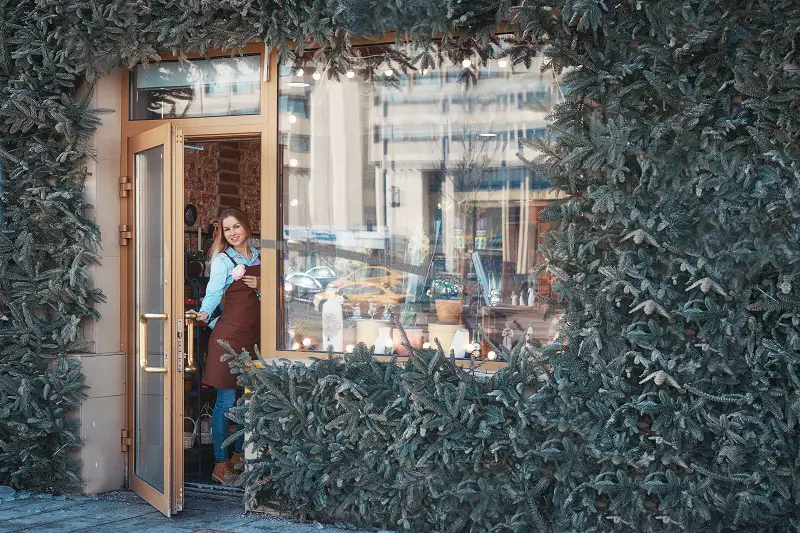It seems like a straightforward thing on paper. You open a store, and you simply pop a door on the front of it to allow access.
It is, as you may have guessed, a bit more complicated than that. You need to make sure that
the door you choose for the front of your store ticks off certain boxes. After all, it is going to be a part of the front of the store, which people will see when they walk by, and, of course, it is part of your store that is literally going to be the gateway from your nice, warm store to a cold, wet street on a rainy day.
So, what do you need to consider when choosing the right door for your storefront?
Prioritize Security
First and foremost, you need to consider the security of your storefront.
You need to make sure that the material of the storefront doors is secure and that they are made from a high-quality material, such as wood, reinforced glass, or steel.
The doorframe itself will also need to be secured into place, as weak doorframes create an easy entrance point for burglars. You will also need to make sure that your store’s doors are adaptable and can have bolts and locks placed onto them to optimize security for closing hours. CCTV is also a priority, so make sure the doors entrance and the exit are accessible with a camera.
Consider the Look
It goes without saying that when you are choosing a storefront door, you need to put a lot of thought into how the door looks.
You need to also make sure that the look of the door matches the rest of the shop. Suppose your brand’s color spread throughout the store is red; it would be weird if the door you chose for your store were blue! Many businesses looking to pick out a storefront door opt for a door that can be painted or changed, especially if they are unable to find the color that they want.
So, think about how the door you choose will match the rest of the brand in its look, too – you don’t want an old-fashioned-looking door being placed on the front of a store that is trendy unless that is the mix-and-match look you are going for!
Focus on Durability and Weather Resilience
The storefront door that you need will be happy (or at least resilient) at being exposed to an array of different weather conditions, as well as being able to manage heavy foot traffic without breaking off its hinges.
This means the door that you have for the outside of your store will need to be made from a material such as aluminum, steel, or fiberglass, as these materials require less maintenance and are also less likely to deteriorate over time. You will also need to consider how to weather-seal the materials of the door; are you going to be able to weather-seal a wooden door to the level where it can be left for a prolonged period during rain or snow?
Also, if you live in a climate that is cold a lot of the time, you will want your door to be energy-efficient; it will need to be able to keep the store warm, as well as the customers, without losing heat during the colder months.
Accessibility
Around 1 in 6 people identify as having a disability, according to a disability report. Granted, the most commonly identified kind of disability is a mental health disability, but still, a significant proportion of people who will walk into your store will have a disability.
The Americans with Disabilities Act (ADA) will require your store to be compliant with its needs. So, your storefront will need to have wide door openings, low thresholds, and clear and proper signage, as well as easy-to-operate handles. If your storefront is raised off the pavement, you should also make sure there is a ramp, allowing access to the store for wheelchair users.
Of course, it is a wise idea to comply with these regulations not only for the sake of your customers but also to avoid legal issues. You don’t want to get sued because your storefront door is too narrow.
Evaluate Functionality and Traffic Flow
Lastly, you need to consider how your storefront door is going to function in relation to its daily use and how many people come into your store, which is also known as foot traffic or traffic flow.
Depending on your business type and the kind of store you have, different doors may be more appropriate. For larger, supermarket-type stores, automatic sliding doors may be better, whereas for smaller boutiques, glass doors that are pushed open may be more suited.




